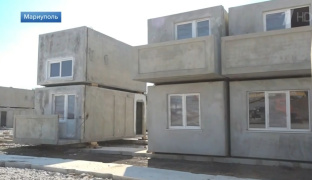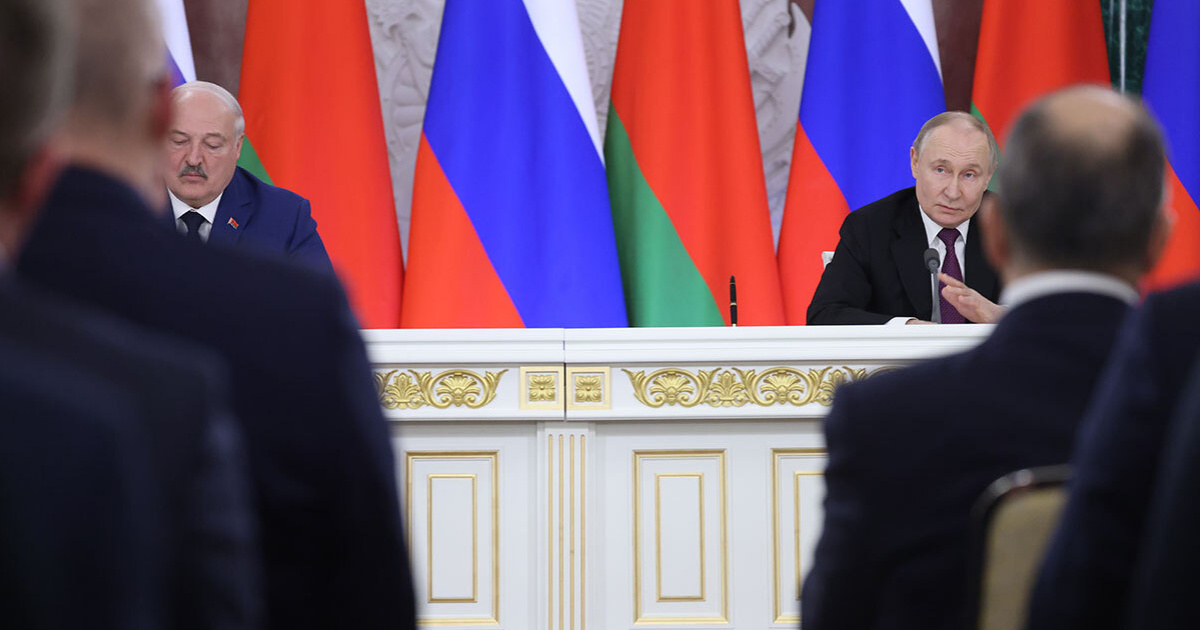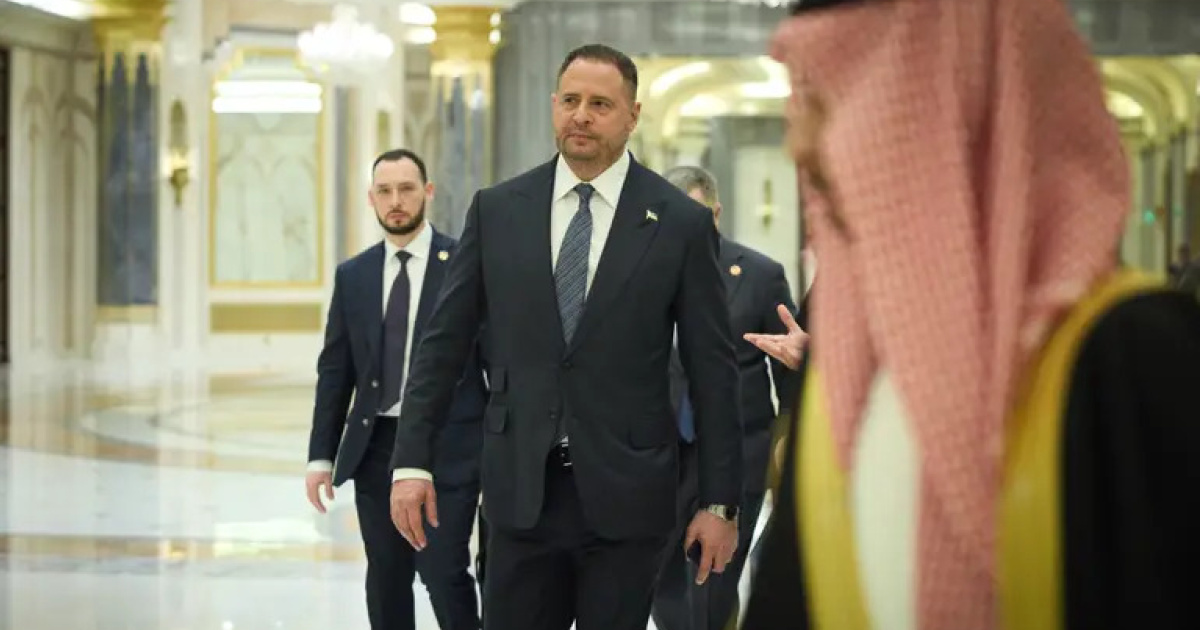
What are the difficulties in tracking and documenting cases of child abduction from the Luhansk oblast and, ultimately, their return?
"It's more than just difficulties; it's practically impossible, at least officially", - answers Mariia H., a former journalist from Luhansk, who left after the full-scale russian invasion and now documents crimes committed by russian occupiers in an international organization.
Investigative journalists from KibOrg have identified collaborators from the Luhansk oblast involved in the removal of Ukrainian children. They've discovered lists of children living under occupation, recorded instances of transferring children's personal files to russians, and investigated the process of forced passportization. They even managed to access a closed video conference of the occupiers.
KibOrg has published lists of collaborators and traitors in nearly every community in the region, from high-ranking officials like the so-called heads of district administrations to ordinary village school teachers.
"If anything, even school cooks", - notes Oleksiy Artiukh, a journalist from Luhansk and editor of Tribune publication, who, with the help of his sources, also documents child abduction and militarization in the Luhansk oblast, among other crimes committed by the russian occupiers.
Almost entirely destroyed, mined, and occupied – such is the nature of the Luhansk oblast
When it comes to tracking and documenting cases of child abduction, especially their return, in the Luhansk oblast, the work is further complicated by the region's unique circumstances. The area is almost entirely occupied, except for a few villages in the Svatove district where less than a hundred civilians live, and active combat operations continue. Moreover, much of the territory coincides with the war zone and is heavily mined and destroyed.
"Documenting these crimes is impossible due to the lack of access to our territory", - says Mariia H., who is quoted at the beginning of the article. "But we are tracking information about the forcible removal of children and documenting it".
Anastasiia Donets, a lawyer from the International Partnership for Human Rights, states that she cannot provide OstroV with information about child abductions specifically from the Luhansk oblast, although she is willing to provide information about other areas. She notes, "Unfortunately, I can't provide you with any useful information specifically about the Luhansk oblast because we have only documented cases in the Kharkiv and Kherson oblasts".
However, even with the absolute lack of access to the territory and numerous obstacles in Ukraine, there are those who try to track relevant information and respond to it, making efforts to bring back abducted Ukrainian children. This includes government bodies, from the Commissioner for Human Rights in the Verkhovna Rada to local administrations, international organizations, journalists (especially those from the region), and concerned citizens. Not to mention the parents and relatives of the abducted children.
"We don't have a single tracking channel for abductions in general and of children in particular", - notes Volodymyr Cherevatyi, the head of the Starobilsk District Military Administration. "We monitor social media, occupiers’ centers, use our own sources of information, and ultimately, we report everything to the relevant authorities".
By the way, Volodymyr promised to comment to OstroV within the scope of his authority on the detention of Andriy Chorny, a resident of the village of Verkhnia Pokrovka in the Starobilsk district, who was a minor at the time of his detention. However, it will take time to gather the necessary information for this.
Now, let's note (and here the words of journalists, officials, and parents of abducted children coincide): a significant problem lies in the fact that no matter which channel you use to investigate the information, the process of search and return of a child encounters a series of obstacles in the form of legislation. This is not a criticism of anyone; it's just a reality.
For instance, journalist Oleksiy Artiukh, who is closely involved in this issue, quotes the classic explanation from the prosecutor's office or other authorities (without any criticism of these agencies):
"Persons involved in the deportation/forced relocation of children and witnesses of these events are located in temporarily occupied territories (TOT), and they use concealment methods, which significantly complicates (sometimes makes it impossible) the conduct of investigative (search) actions against them. In some cases, the fact of relocating children to the TOT or to the territory of the aggressor state is carried out with the voluntary consent of parents or under the guise of such consent, sometimes excluding the elements of a criminal offense under Article 438, Part 1 of the Criminal Code of Ukraine. Documents concerning children (civil status records, passport copies, documents from their educational institutions, etc.) remain in the TOT, which complicates pre-trial investigation".
In the meantime, Oleksiy continues to gather such information while being in the free part of Ukraine.
"I have contacts in the occupied territories who provide the necessary information. Sometimes we manage to obtain various internal documents from the occupational administrations. For example, lists of children they plan to take out of Ukraine, as well as lists of individuals responsible for this. This data is passed on to the competent authorities. We also continue to work with open sources to search for information", - notes Artiukh.
Despite the complexity of such work, it yields results. Public activist Olena Nizhelska from the Luhansk oblast, who documents russian crimes in Ukraine as part of the "The Reckoning Project: Ukraine Testifies", shares examples of such cases. Currently, this documentation is one of the focus areas of the NGO Siversky Donets Crisis Media Center, led by Nizhelska and relocated from Sievierodonetsk to a safe region of Ukraine.
"The information about what is happening in the occupied territory of the Luhansk oblast is completely sealed off", - confirms Olena, in line with what other OstroV’s sources have stated. "We search for it, like everyone else, through open sources and our own contacts. I can say that I am working on cases of abduction of children from the Luhansk oblast. However, I cannot disclose the specific individuals involved. I can't even name the settlements from which these children were abducted to avoid harming them".
According to Nizhelska, documenting the abduction of children from the Luhansk oblast is only possible if these children have already been returned to Ukraine.
"To sum up, there are two main obstacles that complicate our work", - says Olena. "The first is the lack of information, and the second is that children who have been returned and their parents or guardians need a considerable amount of time to recover. They are not ready to talk immediately".
Comparing the situation to 2014, Olena emphasizes that the realities have changed significantly since then. Back in 2014, the russians hadn't yet incorporated child abduction into their legislation, and it wasn't streamlined. At that time, it was possible to resist it, at least situationally.
"For example, in 2014, there was a high-profile case when the director of an orphanage from the occupied part of the Luhansk oblast, near the russian border, physically prevented the children from being taken and instead transported them to a territory under the control of the Ukrainian government", - says Nizhelska. "Today, this is impossible".
Rashists are easy to predict: Ukrainian children are abducted according to well-established schemes
Rashists plan to continue fighting with Ukraine and the entire world for years and decades (at least that's the impression), so they consider the human resource as crucial and continue to systematically and purposefully abduct children and teenagers (especially males).
This is accomplished through several established methods. What exactly are these methods?
Anastasiia Donets, as a lawyer, points out two main methods: "The first is the removal of children to 'holiday' camps from the occupied regions. After de-occupation, russia refuses to return such children due to 'security risks', and parents are forced to travel to russia or the russian-occupied territories themselves (primarily in the case of the Luhansk oblast, this is Crimea) to retrieve their children. The second method is the removal of children in groups from state institutions for children (orphanages, residential schools) and placing them in state child institutions in russia and the occupied territories".
Oleksiy Artiukh largely agrees with this.
"The main schemes for the abduction of our children are recreation or rehabilitation", - he notes. "Most often, children are taken to various camps in russia. As it is known, the russians have appointed a 'regional chief' for each occupied city in the Luhansk oblast. In Rubizhne and Lysychansk, it's Tatarstan; in Sievierodonetsk, it's the Perm Krai; in Khrustalny (formerly Antratsyt, occupied since 2014 - OstroV), it's Bashkortostan, and so on. Consequently, children are sent to institutions located in the territories of these russian regions".
All OstroV’s sources agree that systematically opposing this terrible russian machine at this stage is extremely difficult, if possible at all. In reality, one can only carefully monitor certain sources of information and try to rescue children in individual cases.
Meanwhile, parents who are with their children in the occupation, if they manage to speak with journalists, admit that they simply hide their children and try not to let them out of their sight.
For example, spouses from Starobilsk, who managed to leave the occupation to Europe through the russian border, confess to OstroV: "We simply lived at the place we were not registered at and, quite literally, hid our children at home, hardly letting them out".
They did this despite the fact that the russians do not openly take children away from the "well-off" families.
"We hid our second-grade daughter because we didn't send her to the occupiers' school and were afraid they would force us to do it", - says the mother of the children. "As for why we hid our 16-year-old son – well, that's obvious".
The story of a professional child thief
The list of collaborators involved in child abduction in the Luhansk oblast, published by the KibOrg resource, indicates that they come from very different professions, each contributing their "share" to the crime at their own level. What's frightening is that there are real professionals who honed their skills under Ukrainian rule, know their regions well, know children from vulnerable categories, and so on.
One such professional is Tetiana Ivleva.
 During her time working in the Child Affairs Department, Ivleva became a professional and learned the region
During her time working in the Child Affairs Department, Ivleva became a professional and learned the region
 Tetiana Ivleva, while working before the occupation in one of the villages of the Rubizhne community
Tetiana Ivleva, while working before the occupation in one of the villages of the Rubizhne community
Before the full-scale russian invasion, Ivleva, a resident of the Svatove district, worked as the head of the guardianship and custody sector for children in the Child Affairs Department of the Rubizhne City Council. She worked efficiently, knew all the vulnerable families with children in the region, knew their weakest points that could be exploited to take children away.
Her former boss, Olena Nichupienko (who currently heads the relocated Rubizhne Child Affairs Department), learned that Ivleva was connected to the abduction of 14 children from the Luhansk oblast from the OstroV’s journalist during the preparation of this material, and it became an additional personal pain for her.
"For me, this is a very painful issue. I knew that Tetiana was a collaborator, but I didn't know that she was involved in the removal of such a large number of children", - says Olena.
She confesses that she personally did everything to help Ivleva leave for the territory controlled by Ukraine and continue working for the benefit of Ukrainian children.
"I wanted her to come here and was ready to help with everything. But she stayed there", - says Nichupienko, emphasizing: it would have been okay if she had just stayed, but the woman started working for the occupiers.
Sometimes colleagues, when discussing Ivleva's motives, talk about her personal life, mentioning that she has a partner with certain political views "there". However, Nichupienko is categorical here: she does not accept any justification for such work for the occupiers. Moreover, when those occupiers speak positively about Ivleva's professionalism.
Among the people with whom the head of the Child Affairs Department of the Rubizhne City Council had to work with before the full-scale russian invasion, there are others that also bring her pain. For instance, Oleksandr Kuznetsov, a father of many children and an educator in a family-type children's home, was once an example not only in the Luhansk oblast but also far beyond. He didn't just leave children in the occupied, devastated, and mined territory for whom he had taken responsibility before the state; he also started working for the occupiers in one of the "social services" related to "working with children".
Speaking about this, Olena Nichupienko admits, like others: for now, we can only track and document the information. And kindly asks to report to her about everything that is known about the children from the Rubizhne community.
By Yuliia Sabaieva, OstroV




